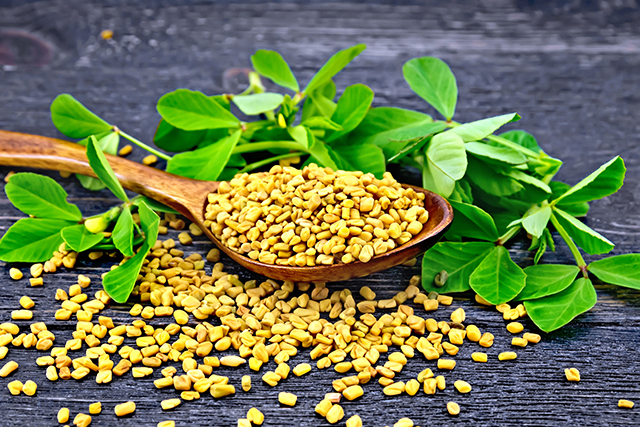Anticancer food: Jalapeños strip away the defenses of cancer cells
03/27/2019 / By David Gutierrez

The chemical that gives jalapeños and other hot peppers their burn may have powerful anticancer effects, research continues to show.
While research has shown that the chemical capsaicin is effective at shrinking tumors in a variety of cancer types, some of the most detailed research has been performed on prostate cancer. In this cancer, capsaicin appears to strip away some of the defenses that cancer cells use to prevent themselves from dying. It also regulates the activity of androgen receptors in prostate tumors, preventing cancers from using male sex hormones to fuel their growth.
Reminding cancer cells to die
Some of the most remarkable effects were seen in a study conducted by researchers from Cedars-Sinai Medical Center and the University of California-Los Angeles, and published in the journal Cancer Research in 2006. The researchers found that when mice with prostate cancer were treated with capsaicin, programmed cell death was triggered in 80 percent of their cancer cells.
Programmed cell death, or apoptosis, is the process that the body uses to maintain an appropriate balance between older and newer cells. It is also an important mechanism for making sure that the DNA defects that naturally develop as cells age do not continue to be passed on indefinitely. Part of what defines cancer cells is the ability to shut off apoptosis and continue surviving and replicating indefinitely.
Cancer cells disable apoptosis by mutating or shutting off the genes that regulate the process. In the 2006 study, capsaicin appeared to switch those genes back on.
The dose used in the study was roughly equivalent to a 200-pound human adult eating three to eight fresh Habanero peppers three times a week. Habaneros contain roughly 50 times the capsaicin concentration of jalapeños. Under the Scoville heat index, they are ranked at a burn of 300,000 Scoville units, compared with “only” 2,500 to 5,000 for a jalapeño.
A 2008 study by Spanish researchers identified 15 separate genes in human prostate cancer cells whose activity changed when the genes were exposed to capsaicin. They then confirmed that one of the genes whose activity increased was involved in causing apoptosis.
Prostate cancer is the most common cancer in men in the United States, but only one out of 10 cases detected is life-threatening. Nevertheless, about 30,000 men are killed by the disease each year.
Peppers, not pills
Studies have also shown the effectiveness of capsaicin against other cancer types. For example, one study found that capsaicin prevents the lysomal damage that plays a key role in lung cancer development. Another study found that highly malignant human breast cancer cells treated with capsaicin for 24 hours died. The higher the dose, the more cancer cells killed.
With other cancers, the evidence has been more mixed. Thus, one study found that most skin cancer cells exposed to capsaicin die, seemingly due to damage to their cell membranes. Another study found that highly metastatic melanoma cells, in the presence of capsaicin, are less likely to migrate to other parts of the body. In that study, however, capsaicin seemed to have no impact on cancer cell survival. And a 2010 study in Cancer Research suggested that regular capsaicin exposure directly on the skin (such as might occur with regular use of capsaicin-containing analgesic creams) caused changes associated with skin cancer formation.
Likewise, some studies have linked diets high in capsaicin to a reduced risk of stomach cancer, while other studies suggest an increased risk. One recent study found that when capsaicin was mixed with gingerol (found in ginger), the cancer-fighting effect was particularly potent.
One major flaw of the studies, of course, is their focus on the isolated chemical capsaicin. Whole foods such as chili peppers always contain many more health-boosting nutrients than can be found in any single component chemical.
Sources include:
Tagged Under: capsaicin, chili pepper, food cures, food is medicine, functional food, jalapenos, men's health, peppers, Prostate cancer



















